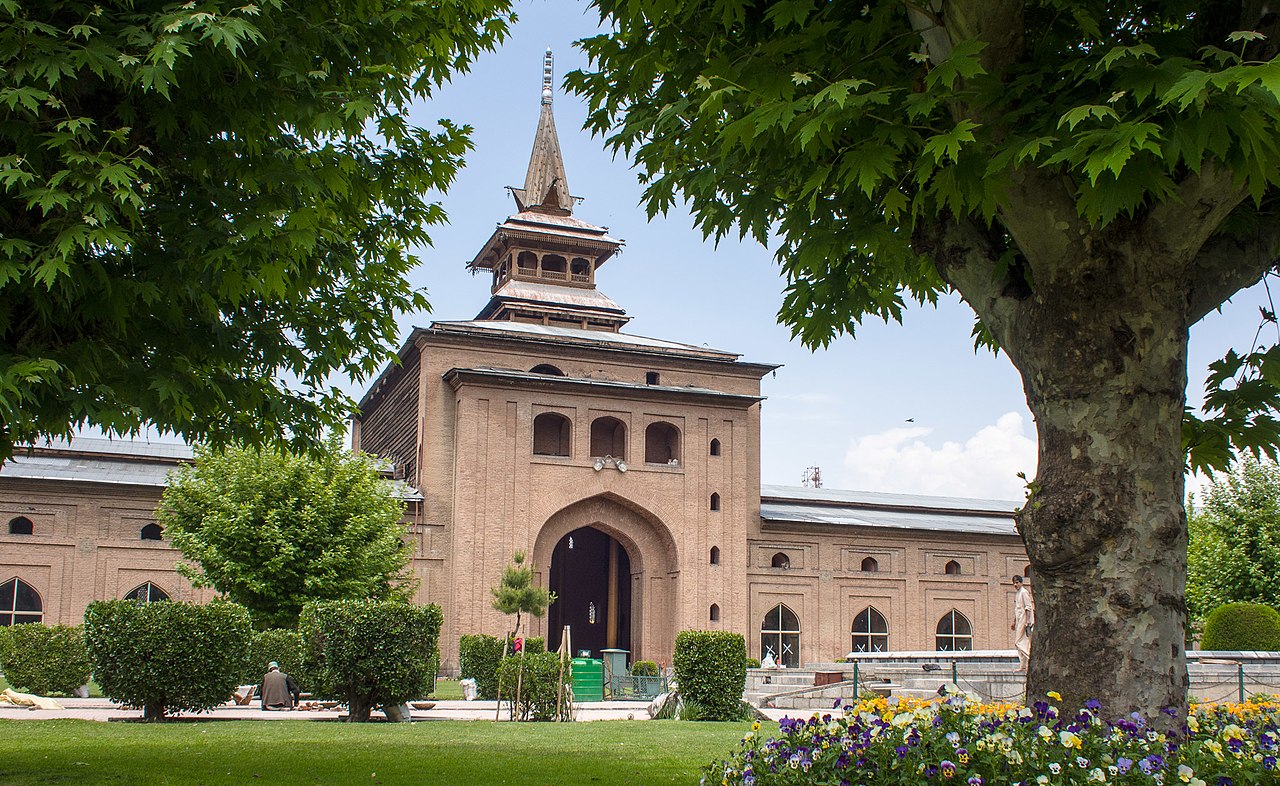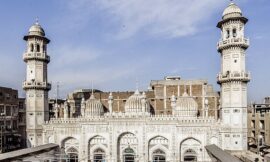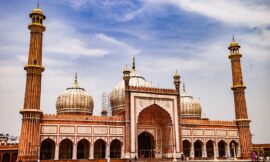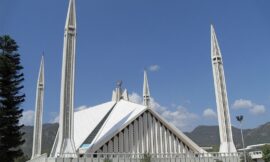Jamia Masjid, located in the heart of Srinagar, the summer capital of Jammu and Kashmir, India, is one of the most significant and majestic mosques in the region. This architectural marvel, renowned for its exquisite beauty and historical importance, serves as a symbol of religious and cultural heritage for the people of Kashmir.
Built in the 14th century by Sultan Sikandar Butshikan, the ruler of Kashmir, Jamia Masjid is a masterpiece of Indo-Saracenic architecture, blending elements of Persian, Islamic, and Mughal styles. The mosque is constructed entirely of wood, with intricately carved wooden pillars, lattice screens, and ornate ceilings, showcasing the exquisite craftsmanship of Kashmiri artisans.
Jamia Masjid is renowned for its grandeur and spaciousness, with a vast central courtyard surrounded by a series of prayer halls, galleries, and arcades. The mosque can accommodate thousands of worshippers at a time, making it one of the largest mosques in the Kashmir Valley and a focal point for religious gatherings and community events.
One of the most striking features of Jamia Masjid is its imposing wooden structure, characterized by its towering minarets, intricately carved facades, and ornate domes. The mosque’s main prayer hall, known as the “Shah Jahani Masjid,” is adorned with exquisite Persian-style calligraphy, colorful frescoes, and intricate geometric patterns, creating a sense of awe and reverence for worshippers and visitors alike.
In addition to its architectural beauty, Jamia Masjid also holds a special place in Kashmiri history and culture. Over the centuries, the mosque has served as a center for religious education, intellectual exchange, and spiritual guidance, attracting scholars, poets, and Sufi saints from across the region.
Jamia Masjid has played a pivotal role in shaping the social, cultural, and political landscape of Kashmir, serving as a symbol of unity, resilience, and identity for the Kashmiri Muslim community. Despite facing numerous challenges and conflicts throughout its history, including periods of neglect and destruction, the mosque has remained a beacon of hope and inspiration for the people of Kashmir, symbolizing their enduring faith and determination to preserve their religious and cultural heritage.
Today, Jamia Masjid continues to be a vibrant and bustling hub of activity, with worshippers gathering for daily prayers, Friday sermons, and special religious occasions. The mosque also serves as a venue for community events, cultural festivals, and social gatherings, fostering a sense of solidarity and camaraderie among the local population.
In addition to its religious significance, Jamia Masjid is also a popular tourist attraction in Srinagar, attracting visitors from around the world who come to admire its architectural splendor, learn about its rich history, and experience the vibrant culture of Kashmir firsthand.
In conclusion, Jamia Masjid is a treasure of Kashmiri heritage, a testament to the region’s rich architectural legacy and cultural diversity. With its stunning beauty, historical importance, and spiritual significance, the mosque continues to inspire awe and reverence in all who visit, serving as a symbol of peace, unity, and faith for the people of Kashmir and beyond.



